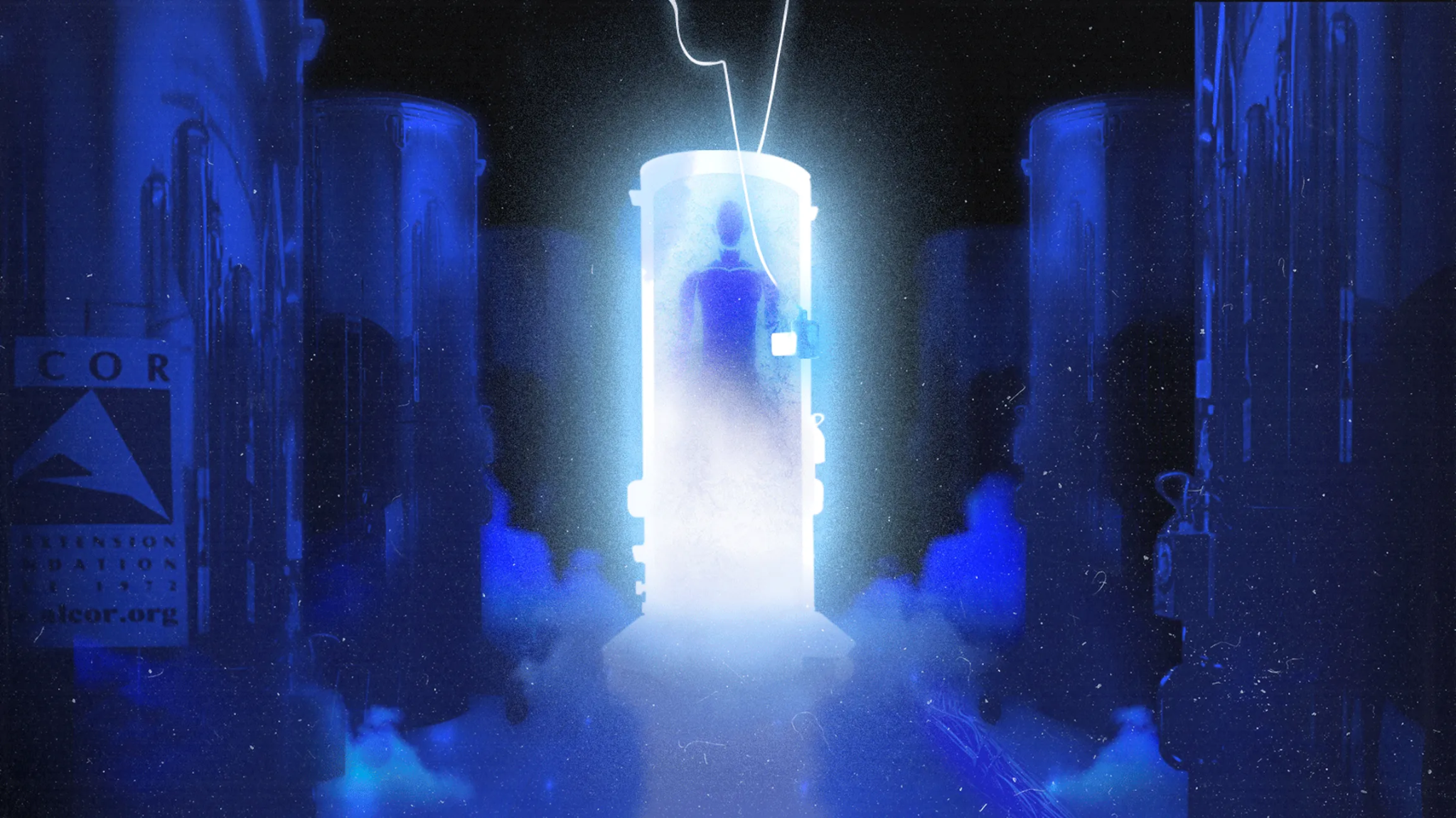- Courses
- GS Full Course 1 Year
- GS Full Course 2 Year
- GS Full Course 3 Year
- GS Full Course Till Selection
- Answer Alpha: Mains 2025 Mentorship
- MEP (Mains Enrichment Programme) Data, Facts
- Essay Target – 150+ Marks
- Online Program
- GS Recorded Course
- Polity
- Geography
- Economy
- Ancient, Medieval and Art & Culture AMAC
- Modern India, Post Independence & World History
- Environment
- Governance
- Science & Technology
- International Relations and Internal Security
- Disaster Management
- Ethics
- NCERT Current Affairs
- Indian Society and Social Issue
- NCERT- Science and Technology
- NCERT - Geography
- NCERT - Ancient History
- NCERT- World History
- NCERT Modern History
- CSAT
- 5 LAYERED ARJUNA Mentorship
- Public Administration Optional
- ABOUT US
- OUR TOPPERS
- TEST SERIES
- FREE STUDY MATERIAL
- VIDEOS
- CONTACT US
Introduction to Cryonics
Introduction to Cryonics
03-06-2024

Cryonics is the process of freezing a recently deceased individual with the aim of reviving them in the future when medical technology has advanced sufficiently to restore their health.
- The term "cryonics" stems from the Greek word "kryos," meaning "icy cold."
Overview of Cryonics:
- A cryonics company in Australia has frozen its first client, with the hope of bringing them back to life in the future.
- This practice involves preserving the individual at extremely low temperatures in the expectation that future medical advancements will enable their revival.
Key Concepts of Cryonics:
- Cryopreserved Patient:
- A person preserved through cryonics is referred to as a "cryopreserved patient."
- Cryonicists do not consider cryopreserved individuals to be truly deceased.
- Legal Considerations:
- Cryonic preservation can only be performed after an individual has been officially declared legally dead.
- Post-Death Procedure:
- Shortly after death, the body is packed in ice and transported to a cryonics facility.
- Blood Replacement:
- The blood in the body is drained and replaced with antifreeze and organ-preserving compounds called cryoprotective agents.
- Vitrification:
- The body is placed in a chamber filled with liquid nitrogen at a temperature of -196°C, where it is theoretically preserved until medical technology becomes advanced enough to allow it to be revived.
Liquid Nitrogen:
- Liquid nitrogen is a cryogenic liquid that has a boiling point of -320°F (-196°C).
- It is inert, colorless, odorless, noncorrosive, and nonflammable.
- In cryonics, liquid nitrogen is used to preserve the body in a vitrified state.
Current Status of Cryonics:
Currently, a limited number of bodies have been cryopreserved through cryonics.
Must Check: UPSC Coaching Institute In Delhi



